In our ever-surprising world, Mother Nature often seems to have a flair for the dramatic that rivals the best science fiction storytellers. From bizarre geological phenomena to meteorological oddities, these natural disasters not only capture the imagination but also remind us of the planet’s untamed power. Join us as we explore ten strange natural disasters that could easily serve as the plot for your next favorite sci-fi novel.
1. The Great Storm Of Jupiter
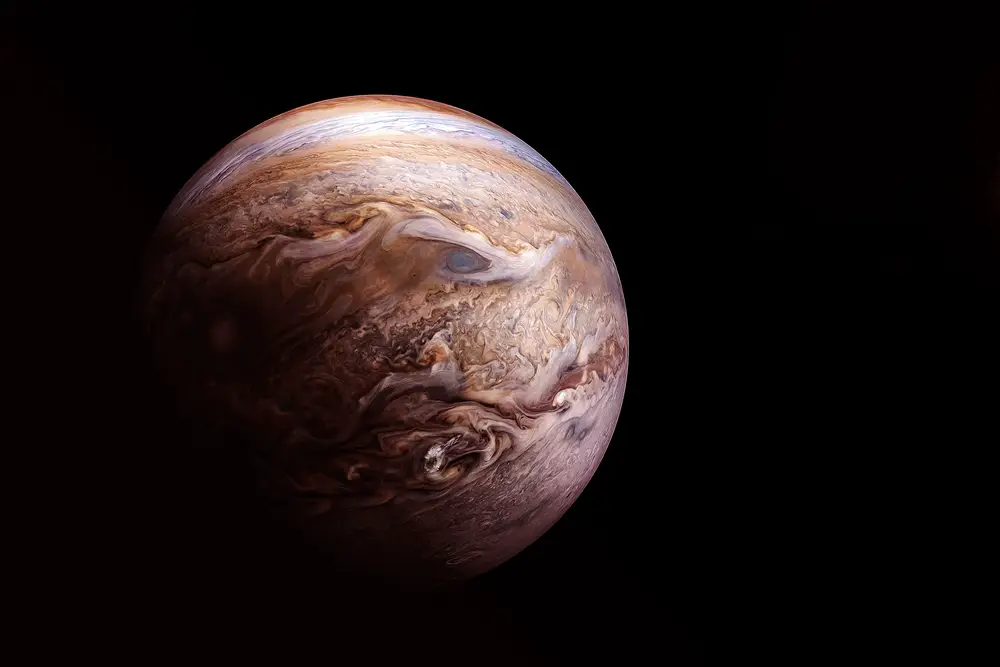
Imagine a storm so powerful it could stretch across the Earth three times over. The Great Red Spot on Jupiter is not just a swirling vortex of clouds but a megastorm that’s been raging for at least 350 years. While the sheer size of it is staggering, what truly intrigues scientists is its persistence and energy source. According to NASA, this storm could hold fascinating secrets about atmospheric dynamics not only in our solar system but on Earth as well.
This Jovian tempest is characterized by its colossal winds that reach speeds of up to 432 km/h (268 mph). Its blood-red hue, still unexplained, could be the result of complex chemical reactions high in the atmosphere. The storm’s longevity and intensity challenge our understanding of planetary weather systems. Just imagine a story where humanity develops technology to harness such energy for peaceful purposes—or suffers catastrophic consequences in the attempt.
2. The Tunguska Event

In 1908, a massive explosion flattened 2,000 square kilometers of Siberian forest, leaving scientists puzzled for decades. Known as the Tunguska Event, this phenomenon was likely caused by the airburst of a meteoroid or comet fragment in Earth’s atmosphere. The explosion was so powerful that it registered on seismic stations across the world and caused atmospheric anomalies for days. The mystery of this cosmic collision continues to captivate researchers, with some even proposing conspiracy theories.
The lack of a traditional impact crater only adds to the intrigue. Trees were leveled in a radial pattern, yet the epicenter showed no signs of a significant impact. Modern theories suggest that the object disintegrated before hitting the ground, releasing energy equivalent to 10-15 megatons of TNT. The Tunguska Event serves as a cosmic reminder of our planet’s vulnerability to extraterrestrial threats, a theme ripe for exploration in speculative fiction.
3. Lake Nyos Eruption
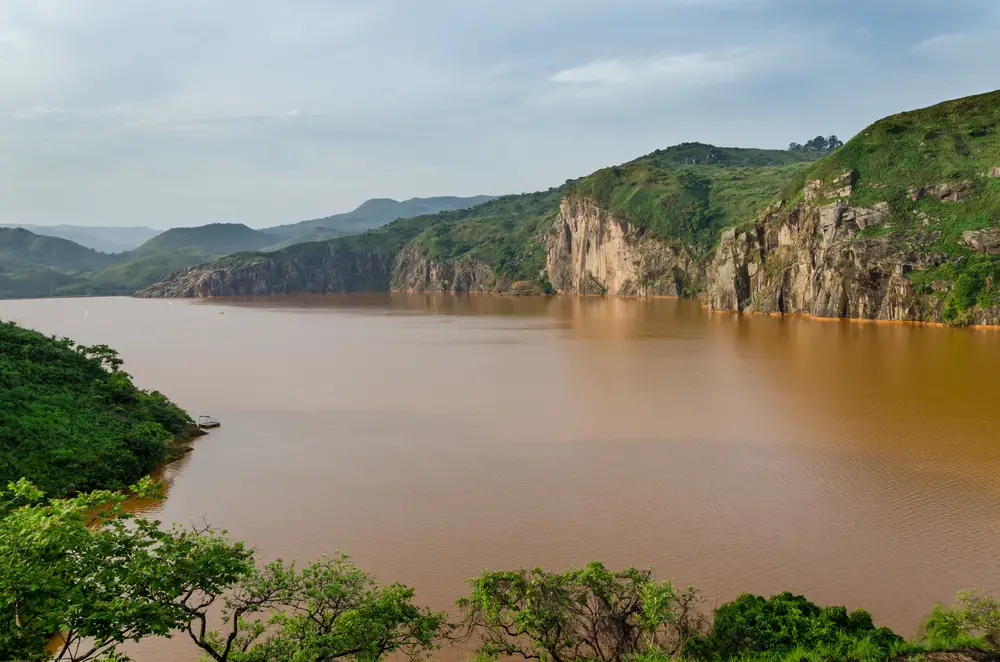
In 1986, the serene Lake Nyos in Cameroon suddenly transformed into a lethal force when it released a massive cloud of carbon dioxide. This “limnic eruption” suffocated over 1,700 people and thousands of cattle within hours. The event was caused by CO2 buildup at the lake’s bottom, which abruptly rose to the surface and spread over the surrounding area. As reported in Britannica, scientists believe this rare phenomenon can happen in similar lakes worldwide, posing a hidden threat to nearby communities.
The lethal gas release turned the lake’s water a deep red and caused widespread panic. The disaster prompted the development of degassing systems to prevent future occurrences. In a sci-fi world, one could imagine a story where similar eruptions occur on a galactic scale, threatening entire planets. Perhaps an interstellar federation must race against time to develop technology to neutralize these ticking time bombs.
4. The Devil’s Kettle
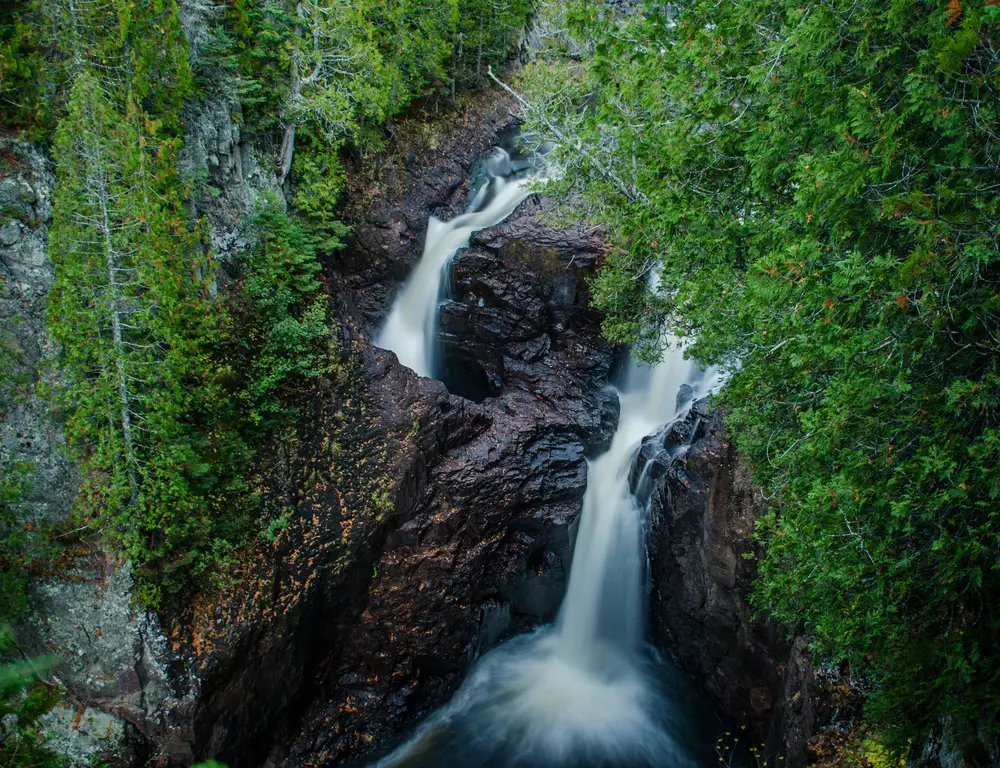
On the northern shore of Lake Superior in Minnesota, a waterfall known as the Devil’s Kettle intrigues scientists and hikers alike. The river splits in two, with one side continuing its journey downstream, while the other disappears into a cavernous hole, its destination unknown. Despite various experiments with dyes and floating objects, the mystery of where this water ends up remains unsolved. This geological enigma is like a natural portal, fueling both scientific curiosity and fantastical speculation.
The Devil’s Kettle has become a local legend, inspiring tales of hidden worlds and lost civilizations. Some suggest that the water may re-emerge upstream, while others believe it connects to intricate subterranean networks. This natural puzzle invites creative interpretation, perhaps as a passageway to other dimensions or as the entrance to an isolated biosphere. In a sci-fi narrative, who knows what discoveries or dangers might lurk beyond the Devil’s Kettle?
5. The Sailing Stones Of Death Valley

In California’s Death Valley, rocks weighing up to several hundred pounds mysteriously move across the desert floor, leaving long trails behind. Known as the sailing stones, these rocks seem to defy logic, drifting without human or animal intervention. Recent studies published by the National Park Foundation suggest that thin sheets of ice, driven by wind and melting during the day, enable these stones to slide across the playa. However, the exact conditions required for this phenomenon are so rare that they add an air of mystique to this geological riddle.
The sailing stones have sparked numerous theories, from magnetic fields to playful extraterrestrial beings. Each rock’s journey is unpredictable, with trails that zigzag and loop in seemingly random patterns. Imagine a world where these stones harbor ancient secrets or serve as messages from an advanced civilization. The eerie beauty of their movement offers a perfect backdrop for a sci-fi tale that melds the natural world with the unknown.
6. The Kentucky Meat Shower
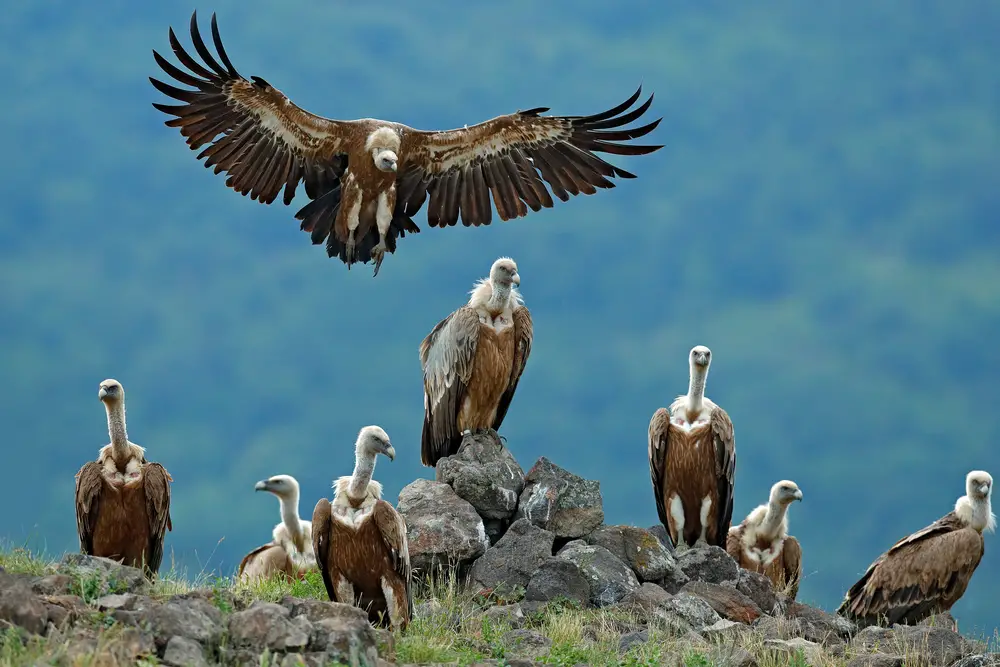
In 1876, a peculiar event occurred in Bath County, Kentucky, when chunks of flesh fell from the sky over a farm, perplexing residents. Dubbed the Kentucky Meat Shower, this bizarre phenomenon was later speculated to have been caused by vultures regurgitating their latest meal in mid-air. Although the explanation appears plausible, the event remains shrouded in mystery due to its rare and unsettling nature. This meaty rain challenges our understanding of atmospheric phenomena and pushes the boundaries of believability.
The meat shower sparked interest across the nation, with samples sent to laboratories for analysis. Theories ranged from supernatural interventions to misunderstood meteorological events. Imagine a sci-fi scenario where such showers are regular occurrences, perhaps signifying the presence of alien agriculture or strange atmospheric conditions. The Kentucky Meat Shower serves as a reminder of the strange possibilities lurking just beyond our scientific grasp.
7. The Spotted Lake
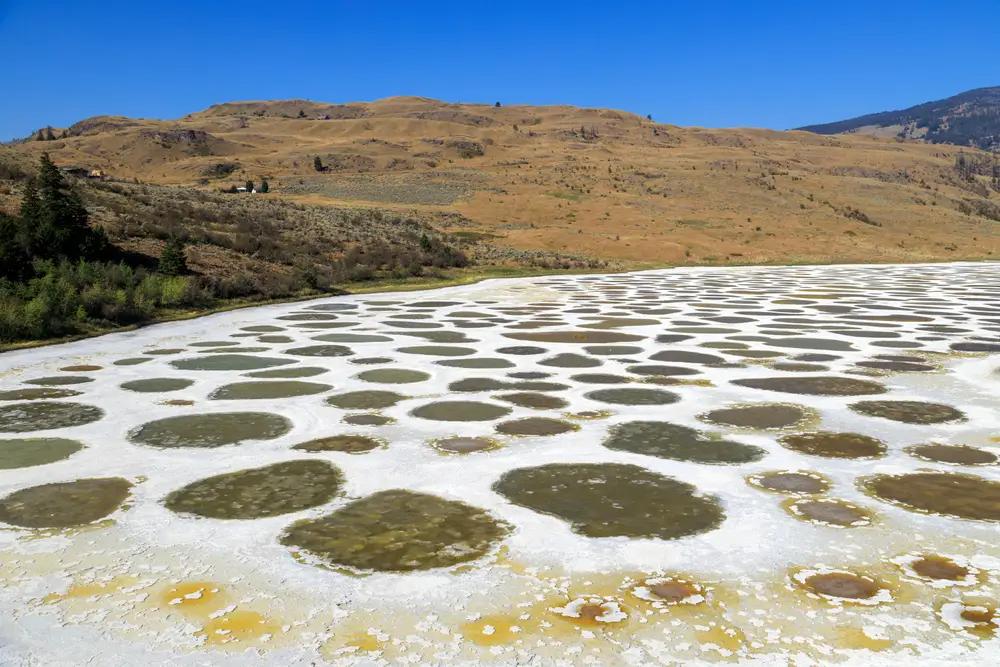
Located in British Columbia, Canada, the Spotted Lake is a natural wonder featuring hundreds of distinctively colored pools. These vibrant spots are caused by the seasonal evaporation of water, leaving behind mineral deposits that vary in hue based on their chemical composition. As temperatures rise, the lake transforms into a mosaic of colorful spots, each with its own unique mineral makeup. This surreal landscape is like something out of an alien world, inviting speculation about its origins and effects.
The Spotted Lake holds cultural significance for the indigenous Okanagan people, who view it as a sacred place for healing. Its otherworldly appearance has captured the imagination of artists, scientists, and tourists alike. Envision a story where the lake’s minerals possess extraordinary properties, perhaps granting powers or insights to those who visit. The Spotted Lake’s kaleidoscopic allure is the perfect setting for a tale that blurs the line between reality and fantasy.
8. The Great Smog Of London
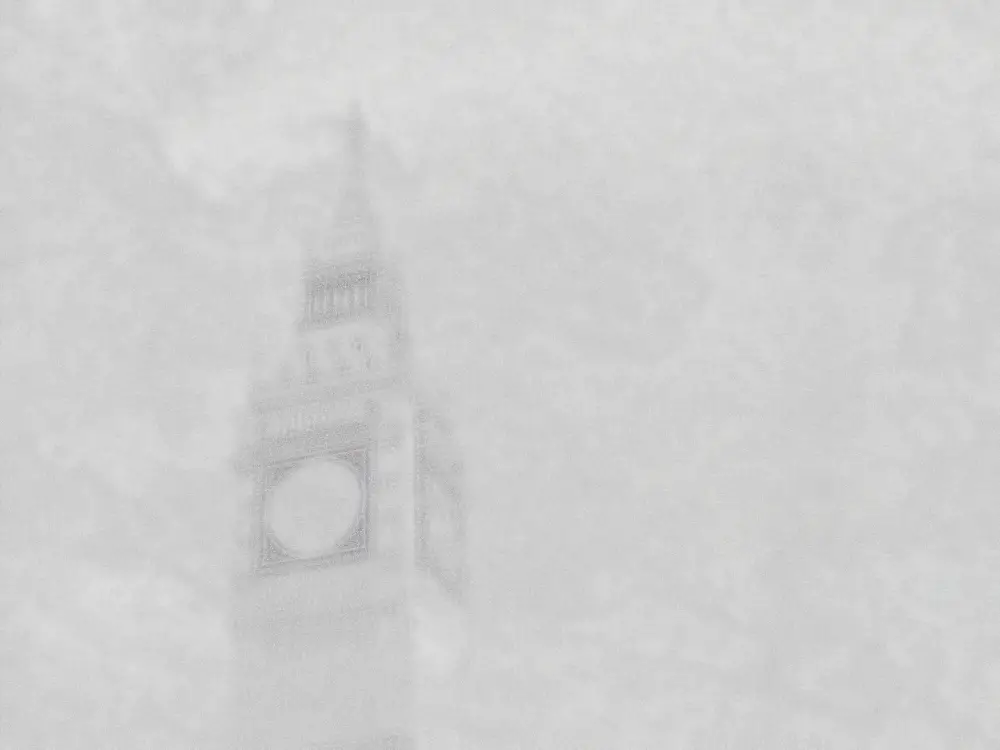
In 1952, a lethal fog descended upon London, enveloping the city in a toxic shroud for five days. The Great Smog of London resulted from a combination of cold weather, stagnant conditions, and air pollution, primarily from coal-burning. This environmental disaster led to severe health issues and is estimated to have caused thousands of premature deaths. The smog’s chilling effects prompted widespread awareness and ultimately led to significant clean air legislation in the UK.
The Great Smog serves as a haunting reminder of the consequences of unchecked industrial activity. Its insidious nature, obscuring visibility and suffocating the population, evokes scenes from a dystopian novel. Imagine a world where such smogs are weaponized, used to control populations or alter the climate. In a sci-fi narrative, the struggle for clean air could inspire tales of resistance, innovation, and redemption.
9. The Exploding Lakes Of Cameroon

In addition to Lake Nyos, Cameroon is home to other lakes known for their deadly potential. Lake Monoun, another volcanic crater lake, experienced a limnic eruption in 1984 that killed 37 people. The phenomenon, similar to the Lake Nyos disaster, highlights the precarious balance of natural gases within these depths. The occurrence of not one but two such events in close proximity raises questions about the unique geological conditions that predispose these lakes to eruptions.
The threat of exploding lakes has prompted extensive research and technological advancements to mitigate future risks. Degassing efforts have been implemented to reduce the buildup of lethal gases. Envision a universe where such phenomena occur on a global scale, presenting challenges to civilizations attempting to harness or neutralize these volatile forces. The story of Cameroon’s exploding lakes provides fertile ground for exploring humanity’s quest to coexist with nature’s unpredictable temperaments.
10. The Black Blizzard Of The Dust Bowl

During the 1930s, the American Midwest was besieged by devastating dust storms, known as black blizzards, that swept across the landscape. These storms were a consequence of severe drought and poor agricultural practices, which left topsoil exposed to erosion. The Dust Bowl not only destroyed crops and livelihoods but also forced mass migrations and altered the region’s demographic fabric. This environmental catastrophe serves as a cautionary tale about sustainable land management and the consequences of ecological neglect.
The black blizzards were so fierce that they darkened skies and infiltrated homes, creating a sense of apocalypse for those who endured them. The disaster prompted significant changes in agricultural policy and land conservation efforts. Imagine a future where humanity faces similar ecological collapse on a planetary scale, driven by unchecked exploitation of resources. The Dust Bowl’s legacy offers a poignant backdrop for exploring themes of resilience, adaptation, and the enduring spirit of those who strive to reclaim their world from the grip of disaster.
